Are You Ready for Uber Skyports?
As the dawn of electric vertical takeoff and landing (eVTOL) aircrafts approaches, architects and engineers are starting to think of what the ports for these vehicles will look like. Some of these facilities are unlike anything else that exists in our cities, making even the most modern of airports look outdated. When built, these “skyports” will make up a colossal new part of urban infrastructure.
As part of the May 2018 Uber Elevate Skyport Challenge, Pickard Chilton and Arup submitted a proposal that was nothing less than a megastructure in the middle of an urban environment. The “Uber Sky Tower” would be built over a freeway, connecting a light rail with other forms of ground transportation. Every hour, at least 1,000 eVTOLs would arrive and depart, each carrying up to five commuters. This means that the structure would accommodate up to 10,000 passengers per hour on less than three acres of space. One eVTOL would take five to seven minutes to charge and load, with all of them landing on docks that would slide horizontally and vertically into place along the height of the structure. Passengers would disembark at docking bays linked to elevators, which in turn would take them to the ground floor, where hundreds of uberX vehicles would be waiting to whisk them away.
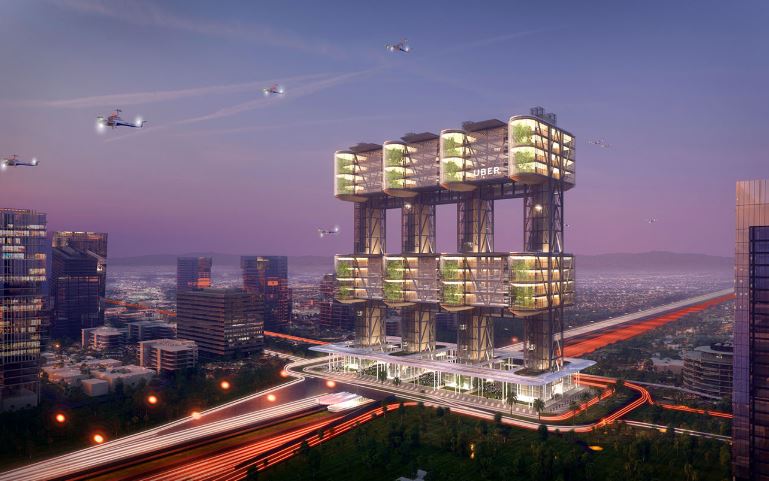


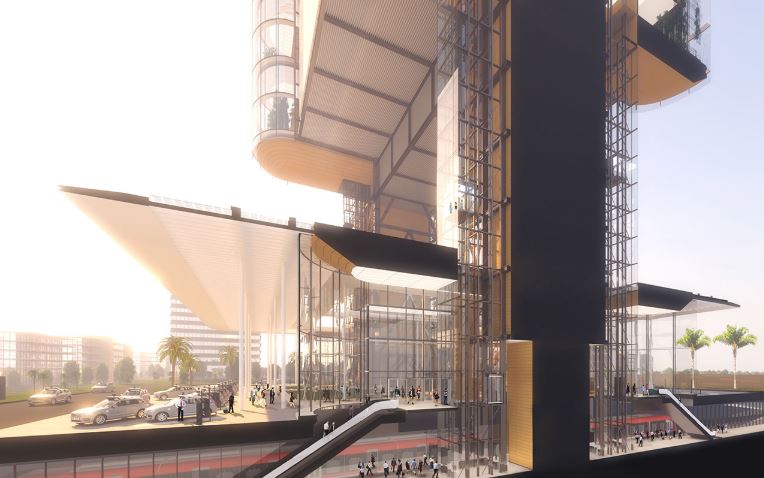
The charging of the eVTOLs would begin as soon as they landed on the docks, immediately after being locked into place. This allows the charge to occur before the last set of passengers have even gotten a chance to disembark, saving valuable minutes.
“LAX today is handling approximately 20,000 people per hour,” said Jon Pickard, one of the heads of Pickard Chilton, during his competition presentation in Los Angeles. “Our charge is to handle half that capacity.” Considering the fact that LAX spans 3,500 acres and an Uber Sky Tower would have a considerably smaller footprint than that, this task seems daunting to say the least. Still, this effective use of space is exactly what Uber hopes will allow them to fulfill the urban mobility demands of future cities.


Along with Pickard Chilton with Arup, Humphreys & Partners Architects, Gannett Fleming, The Beck Group, BOKA Powell, and Corgan also participated in the competition for uberAIR, the ridesharing company’s in-progress eVTOL service. Trial flights are expected to begin in 2020, with the service officially launching in 2023. The company asked each participant to imagine a structure that could accommodate about 4,000 passengers per hour.
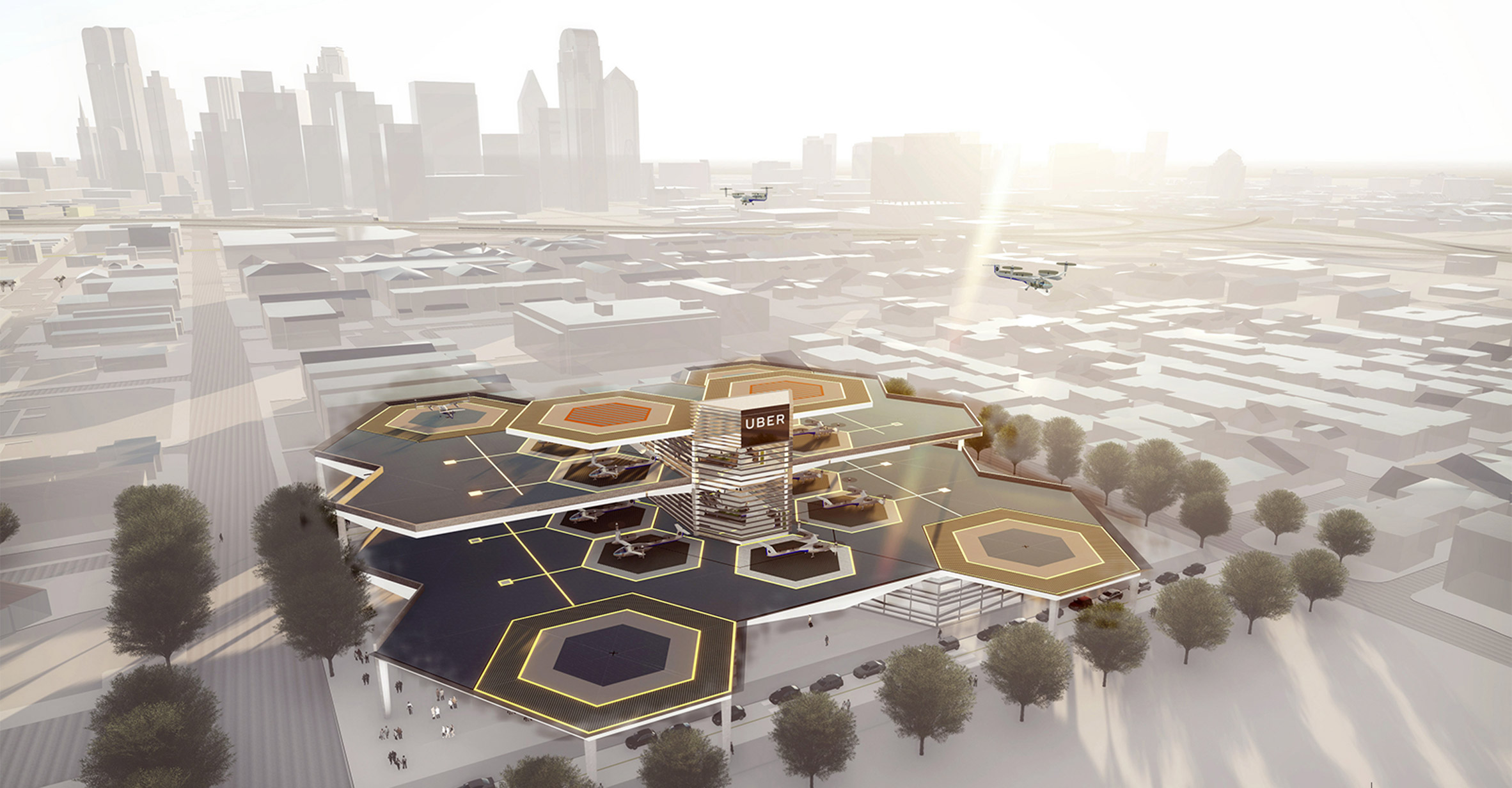
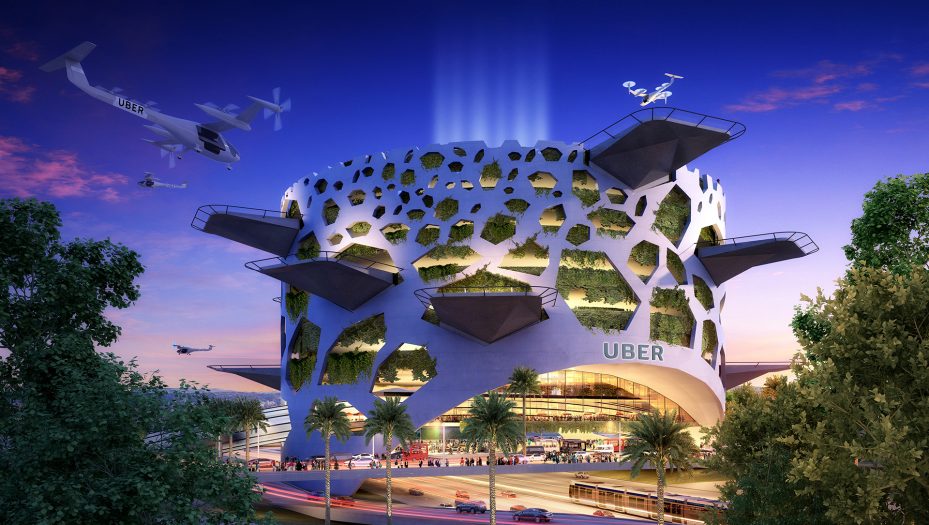

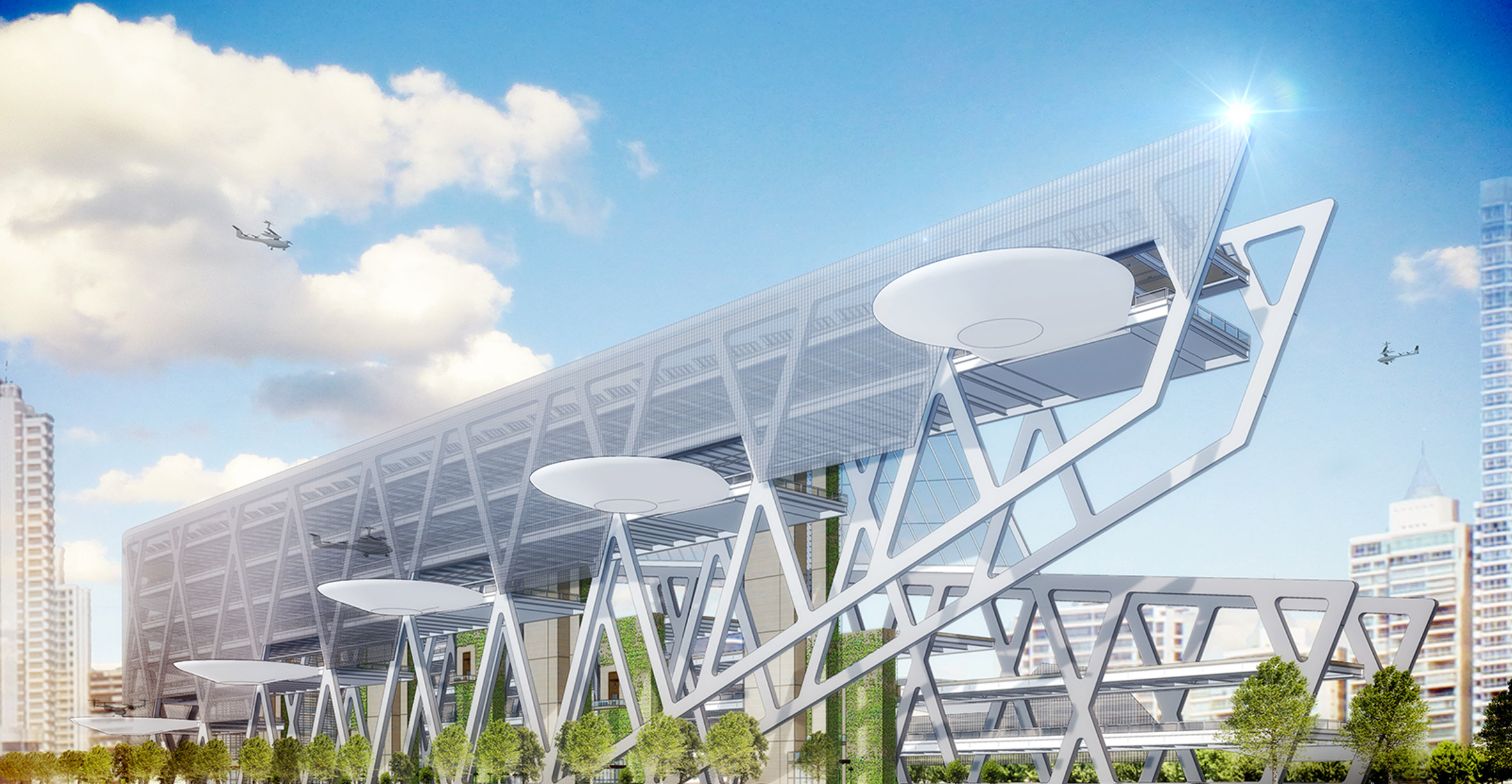
Although all of these proposals have been well researched and may be practical from an architectural/engineering perspective, there are still the regulatory and financial hurdles to overcome. The cost of building these megastructures will surely cause some cities and jurisdictions to think twice about them. It’s also possible that large cities like Los Angeles, Chicago, and New York would need more than one skyport spread throughout their metropolitan areas — something that would be financially onerous even for places of that caliber.
Then there’s the comfort level of the commuting public, which may surprise the many companies proposing similar urban air transit options. Phobias can be unpredictable, with people who are afraid of going up in skyscrapers having no problem looking out the window of an airplane. For that reason, it’s possible that some passengers who do not have a fear of flying in airplanes may feel uncomfortable flying in an electric vehicle, even at much lower altitudes. A tall structure like the Uber Sky Tower would mix many phobias together, which is why it will undoubtedly take time for the public to adjust to flying around major cities with the ease of taking the subway or bus. What makes all of these proposals thrilling is the fact that speculation will soon give way to reality and, like any other new technology or way of doing things, start becoming increasingly present in our daily routines.




